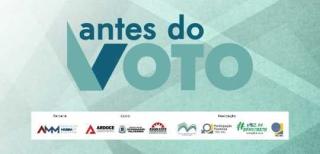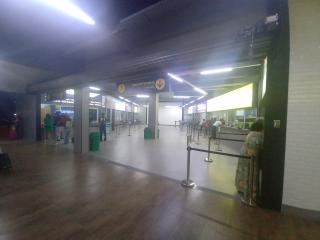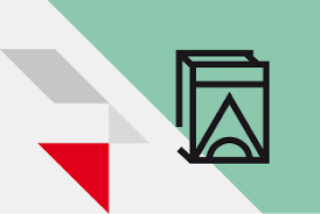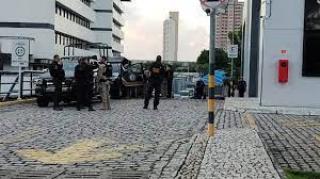The city of Santos in Brazil’s São Paulo state, which has the largest port in Latin America, is one of four places that stand out in the global maritime drug trade, the United Nations Office on Drugs and Crime (UNODC) indicated in an early July global report. According to the report, however, smaller ports in northeastern Brazil have been playing an increasingly important role as hubs for the transatlantic cocaine trade, especially for shipments bound for Europe.
While the report doesn’t name the specific ports, nor does it clarify their location in the north/northeastern states, it indicated that narcotraffickers are resorting to these alternatives due to increased surveillance in the Port of Santos. For researcher Thiago Moreira de Souza Rodrigues from the Strategic Defense and Security Studies Postgraduate Program at the Fluminense Federal University, the trend is due to a balloon effect in narcotrafficking: As inspections and seizures increase in one area, trafficking expands in another.
“The Port of Santos, with its great dynamism, very well developed infrastructure, and thousands of ships circulating weekly, is obviously of great interest to narcotrafficking. The increase in repression and surveillance makes it so that the narcotrafficking, which always did it and continues to do it, opens or strengthens other routes. Those in the northeast have strengthened as those in the southeast have become more guarded,” Rodrigues said. “There are other highly prepared ports in the northeast of the country, such as Recife, Fortaleza, and Salvador, to be able to make this transit to Africa and Europe, mainly through Iberian ports, such as Portugal, Spain via the Canary Islands, or southern Italy and France, which receive this flow via the Atlantic.”
Data the Brazilian Federal Police (PF) provided Diálogo confirm Rodrigues’ statements. The Port of Santos has not lost its strategic importance for narcotrafficking; it is where the largest number of cocaine seizures occur, although with a downward trend. In 2020, authorities seized 20.87 tons of drugs in the port and 17.39 tons in 2021. In northeastern ports, the situation has changed. The Port of Recife (Pernambuco), which did not register any seizure in 2020, saw 2.2 tons of cocaine seized in 2021. The cases of Fortaleza (Ceará) and Natal (Rio Grande do Norte) are perhaps more indicative as there were no recorded seizures from 2009 to 2018. In Fortaleza, authorities seized 673 kilograms of drugs in 2020 and 832.6 kg in 2021. In Natal, authorities seized 943 kg in 2020 and 2.3 tons in 2021. In Ilhéus (Bahia), there were no records of seizures from 2009 to 2019. In 2020, however, authorities seized 2.1 tons of drugs.
According to the UNODC report, Brazil is the main exporter of cocaine in the Americas, ahead of Colombia, Peru, and Bolivia, the three major producers of the drug worldwide. Brazil, Colombia, and Ecuador are the main exit points for the cocaine that reaches Europe.
In 2020, according to PF data, the main destinations of the drugs seized in Brazilian ports were, in order of quantity, Belgium, Holland, Spain, Germany, Italy, and France. In 2021, Mozambique replaced Germany in fourth place and Ghana occupied sixth place.
Between 2015 and 2021, the UNODC report indicated, 70 percent of the cocaine seized in Africa and 46 percent of the shipments seized in Asia had left the Americas from Brazil. In 2020 and 2021, 72 percent of the cocaine found by Asian authorities had departed from Brazil.
“In the last six, seven years, the report was already showing this double trend for Brazil, both as the main export corridor of cocaine to Europe, and also as one of the largest consumer of this drug worldwide, second only to the United States,” Rodrigues said. According to the researcher, several reasons come into play: the geographical proximity to cocaine producing countries; transit — Brazil is a country in the South Atlantic that projects toward Africa and, therefore, toward Europe; and the structure of organized crime in Brazil, which is sufficiently well set up to be able to make the link between producing organizations in Andean countries and large international distributors.
“Brazil is also a country well connected to international globalization, with well-traveled ports, such as Santos, Rio de Janeiro, in the northeast, both large iron ore import ports, and those that receive the international container market. And it is within this dynamic, within this flow of legal, globalized economy, that the illegal economy also circulates. The more the legal economy transits, the more illegal economy there is,” the researcher concluded.
comente esta matéria »










